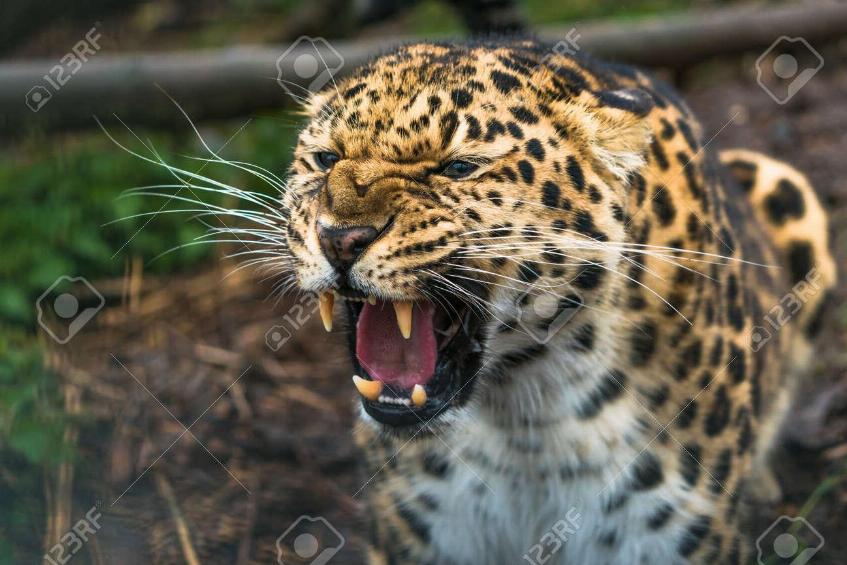How can we cut our carbon footprint? How can we stop climate change? How can we help all these animals?
We can use these three steps and reduce our carbon footprint by 60% today:
First, we need to understand green carbon. So, what is green carbon? Well, green carbon is all about carbon dioxide, our Earth has always had carbon dioxide in the air. That carbon dioxide is needed for the natural greenhouse effect that allows us to live on the planet. More than that we need it for something called the carbon cycle. The carbon cycle is the soul of our planet. In 2017 something called geologic timescales said that the carbon cycle is what sets the earth’s temperature, the carbon cycle balances the air, the rocks, and the oceans, and determines how hot it’s going to get. On a day-to-day timescale, the carbon cycle allows complex life forms to exist in the first place. The importance of plants breathing in carbon dioxide and letting out oxygen is because plants are building themselves molecule by molecule out of carbon dioxide in the air and the sunlight.
Next, fossil carbon, Fossil carbon is made from decomposing plants and animals. These are found in the Earth’s crust and contain carbon and hydrogen, which are burned for energy. Coal, oil, and natural gas are examples of fossil fuels which as you know are the main reasons for climate change.
Finally, we need to understand the difference between green carbon and fossil fuels. Green carbon is necessary for the natural greenhouse effect, while fossil fuels create an unnecessary extra amount of the greenhouse effect. In short, green carbon brings life while fossil fuels destroy it. If we stop emitting fossil carbon, we can stop climate change. There is hope! We have five options to convert fossil carbon to something else.
-#1 There is heat at the center of the planet but it’s hard to access and can be unstable.
–#2 Atomic energy, but the product itself is deadly and lasts for 100 of 10000 years.
-#3 The moon’s gravitational force
-#4 The little energy in the earth’s spinning.
-#5 There’s sunlight, out of this sunlight gives us the most energy and it’s reliable.
These are the four steps you need to follow to reduce your carbon footprint by 60% today:
-#1 Choose metal, paper, or cloth as substitutions for plastic
-#2 Electricity, see if you can sign up for an alternative energy provider such as solar
-#3 Heating and cooling your home, once you take care of your electricity you’ve taken care of this step
-#4 Transportation, every single car on the road today has an alternative source of fuel, if you switch to that you kill about 28% of your carbon footprint
With these four small things, you can play a major part in stopping climate change and help save the homes of nearly 8.7 million different species. Remember, be prepared, be aware, be an awareness spreader.
-Kaavya Nanda
